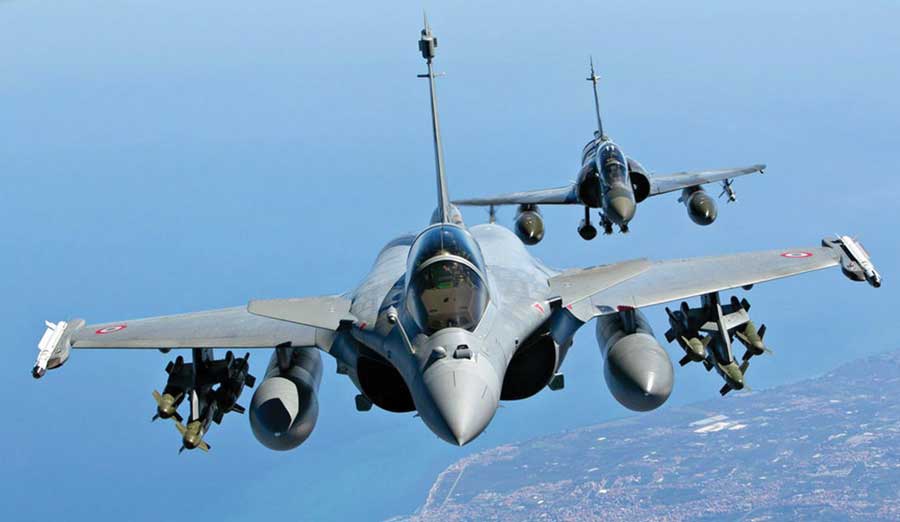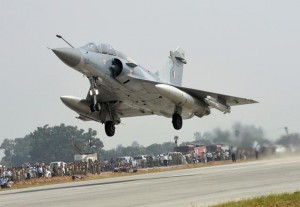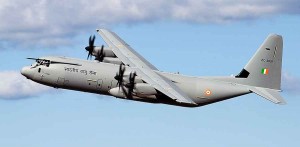Indian Defence Review (IDR) had the unique privilege to interview the Chief of Air Staff Air Chief Marshal Birender Singh Dhanoa, prior to the Air Force Day on 8th October 2018. Details of the candid response of the Chief of Air Staff to the IDR’s pointed questions are given below:-
Q.1. It is often quoted that the authorized strength of IAF is 42 Sqns, which you say will be possible by 2032. When was this formalized, is it relevant in the present context with such quantum improvement in technology all around?
Ans. The Security challenges are extremely dynamic in nature and so are the responses to them. The combat potential of any force can be judged by the overall assets available on its inventory. It is true that with the induction of cutting edge technologies and combat force enablers, combat power enhances, however, the same applies to our adversary as well. Numbers therefore do matter, especially for a nation like ours with a vast geographical area to be defended.
Q.2. For the recent Exercise Gagan Shakti 2018, you mobilized a significant element of the IAF. What have been your strategic lessons from it?
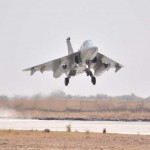 Ans. Ex Gagan Shakti-2018 was by far the largest peacetime exercise conducted by the IAF. The IAF mobilized all operational combat units as well as manpower from training and maintenance establishments to augment operational units. Aim of such vast mobilization was to provide the resources necessary for combat units to demonstrate capability to undertake sustained 24×7 operations. The capability to conduct intense operations was demonstrated exceptionally. This was also made feasible by a very high sustained serviceability of combat assets. Of course it required prior planning and coordination with DPSUs and vendors for spare support. The IAF is also well poised to shift fronts within a short time frame due to a sizeable strategic airlift capability.
Ans. Ex Gagan Shakti-2018 was by far the largest peacetime exercise conducted by the IAF. The IAF mobilized all operational combat units as well as manpower from training and maintenance establishments to augment operational units. Aim of such vast mobilization was to provide the resources necessary for combat units to demonstrate capability to undertake sustained 24×7 operations. The capability to conduct intense operations was demonstrated exceptionally. This was also made feasible by a very high sustained serviceability of combat assets. Of course it required prior planning and coordination with DPSUs and vendors for spare support. The IAF is also well poised to shift fronts within a short time frame due to a sizeable strategic airlift capability.
Q.3. Did Gagan Shakti in the two-front scenario, bring out any major shortcomings, resulting from the deficiencies of the number of combat aircraft?
Ans. The IAF is prepared for any threat and is ready to give a befitting response in case of any contingency with the available resources.
Q.4. Does the IAF plan to incorporate the use of armed droned of HALE variety for combat tasks?
Ans. HALE RPAs are planned to be utilised for Intelligence, Surveillance and Reconnaissance missions. In the process of evaluating their usage, various other applications will be exploited in due course of time.
Q.5. Is an attack of miniature autonomous drones in a ‘swarm’ a real threat? How will the IAF cope with it?
Ans. This technology at best is under development and will take some time to take shape. The threat of swarm drones, though not imminent, is a possibility. CIWS, SAMs, Electronic Warfare, Laser, Cyber, camouflage & concealment are the likely counters against swarm drones.
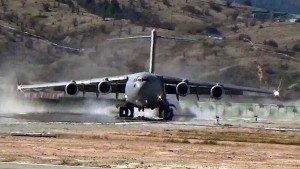 Q.6. The Air Force in accepting 36 Rafale fighter aircraft against an initial requirement projected for 126 seems have been a forced compromise. How does the IAF plan to make up the apparent deficit of 90 Rafale upto 2032?
Q.6. The Air Force in accepting 36 Rafale fighter aircraft against an initial requirement projected for 126 seems have been a forced compromise. How does the IAF plan to make up the apparent deficit of 90 Rafale upto 2032?
Ans. Realising the critical operational necessity of fighter aircraft in IAF, the Govt has signed an Inter Governmental Agreement for procurement of 36 Rafale aircraft in direct flyaway condition. The government in its wisdom in consultation with the IAF decided to procure 36 Rafale aircraft under the umbrella of an Inter Governmental Agreement. This practice was followed in the 80s during the procurement of Mig-23MF, Mig-29 and Mirage 2000.
To maintain our combat capability MiG-29, Mirage-2000 and Jaguar aircraft are being upgraded in phased manner. The shortfall in fighter aircraft strength is planned to be made good through induction of remaining contracted Su-30 MKI, LCA and Rafale. Procurement of 83 x LCA Mk1A has been initiated in December 2017. Further, proposal to procure 114 fighter aircraft through ‘Strategic Partnership’ route is being progressed. Other suitable options are also being explored to ensure that the IAF attains the authorised strength of the fighter squadrons.
Q.7. Airbases are large targets and vulnerable to a range of enemy actions. What additional measures are being instituted for the security of airbases from attacks from ground and air being ensured?
Ans. IPSS (Integrated Perimeter Security System) is being installed at all major air bases, which will provide – Layered Defence. In this system sensors would be integrated by a network. Also higher grade weapons, bullet proof helmets and jackets are being procured for the air warriors and Garuds detailed for Base defence duties.
Q.8. The Army in its Network Centric Warfare techniques has a vision of quick response by a variety of weapons platforms and weapon systems. Influenced by the scenarios of US Ground Combat Support in Afghanistan, is there requisite coordination between IAF and the Army for such tasks?
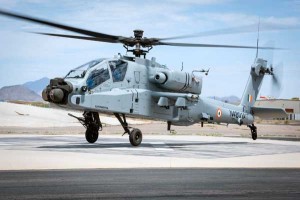 Ans. IAF has been focusing on network centricity and mutual exchange of battlefield information between three services for greater transparency. Joint training exercises have been on rise. Enhancement of Command Staff participation in Command Level War Games of other Services has been visible. Coordination between the various Commands in planning has improved. The scope of Tri Service Interaction is gaining momentum at a rapid pace. A large number of steps to inculcate interaction and jointness in thought process have been initiated, as inter service cooperation goes a long way in enhancing our operational capability.
Ans. IAF has been focusing on network centricity and mutual exchange of battlefield information between three services for greater transparency. Joint training exercises have been on rise. Enhancement of Command Staff participation in Command Level War Games of other Services has been visible. Coordination between the various Commands in planning has improved. The scope of Tri Service Interaction is gaining momentum at a rapid pace. A large number of steps to inculcate interaction and jointness in thought process have been initiated, as inter service cooperation goes a long way in enhancing our operational capability.
An elaborate annual training programme exists for all facets of Counter Surface Force Operations (CSFO), Airborne Assault (AA) and Special Heli Borne Operations (SHBO) training between the AF and Army. Maritime Air operations training is conducted regularly off both coasts between the AF and Navy. Command level joint exercises are being regularly conducted with the Army and Navy.




